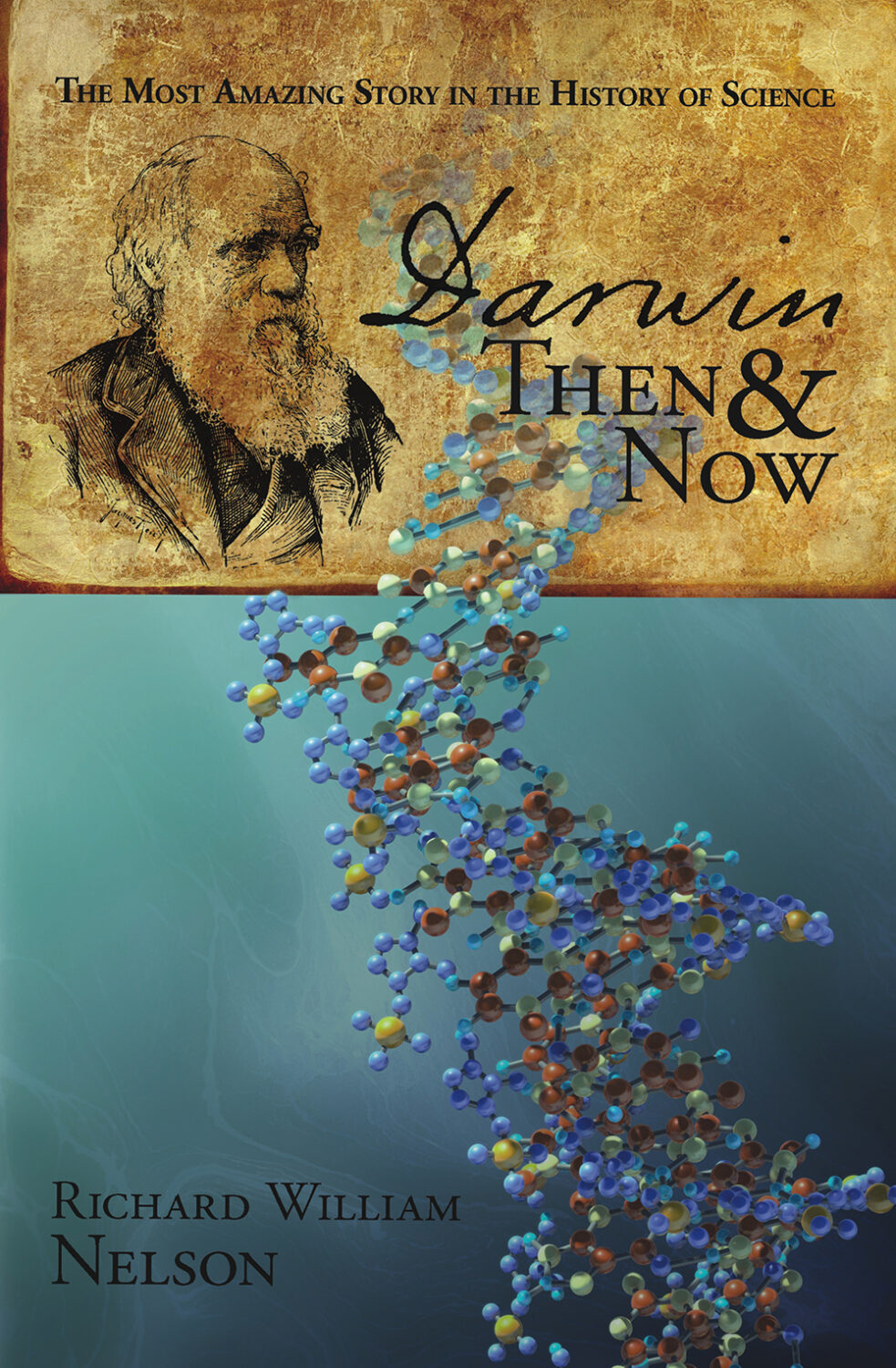by Richard William Nelson | Aug 20, 2025

Time is the fourth principle driving Charles Darwin’s theory of evolution, “by means of natural selection.” As with the other four principles, time—specifically, the timeframes of Earth’s history—challenges Darwin’s theory of “slight, successive” changes.
The theory of natural selection is contingent on extended periods of time. In The Origin of Species, Darwin wrote –
“I do believe that natural selection will generally act very slowly, only at long intervals of time.”
Continue Reading
by Richard William Nelson | Feb 19, 2025

Charles Darwin envisioned life on Earth as developing over long periods of time through natural selection. In The Origin of Species, Darwin varyingly restated his vision, for example –
“I do believe that natural selection will generally act very slowly, only at long intervals of time.”
Time is the fourth of natural selection’s five principles, developed by Niles Eldredge (pictured right below) at the American Museum of Natural History. He encapsulated these five principles in the acronym V.I.S.T.A.
Continue Reading
by Richard William Nelson | Sep 7, 2024
 Selection is the third of the five principles of natural selection, abbreviated as V.I.S.T.A. Selection acts to bring things together, as recently observed in the water flea (pictured left).
Selection is the third of the five principles of natural selection, abbreviated as V.I.S.T.A. Selection acts to bring things together, as recently observed in the water flea (pictured left).
Selection is the core function of natural selection.
Niles Eldredge (pictured right below), paleontologist at the American Museum of Natural History, formulated the V.I.S.T.A. acronym to outline Charles Darwin’s five principles. While selection is Darwin’s most core principle, it is also the most controversial of the five.
Continue Reading
by Richard William Nelson | Jul 13, 2023
 Evolution centers on offering a natural explanation to account for Earth’s vast and diverse biosphere. A core measure of evolution is the concept of species, the prime number of evolution. The importance of the concept is highlighted in the title of Charles Darwin’s bestseller —
Evolution centers on offering a natural explanation to account for Earth’s vast and diverse biosphere. A core measure of evolution is the concept of species, the prime number of evolution. The importance of the concept is highlighted in the title of Charles Darwin’s bestseller —
“On the Origin of Species by Means of Natural Selection”
One of modern biology’s principal functions includes the naming, grouping, and defining of species. However, exploring the history of the term opens a fascinating window into the checkered history of Darwin’s theory of natural selection.
Continue Reading
by Richard William Nelson | Jan 3, 2023
 Mendel rescued Darwin’s theory of natural selection early in the twentieth century – to a point.
Mendel rescued Darwin’s theory of natural selection early in the twentieth century – to a point.
By the end of the nineteenth century, Charles Darwin’s influence had continued to deteriorate, stemming from his obsolete theory of inheritance.
In the search for a scientifically valid theory, scientists, early in the twentieth century, rediscovered Gregor Mendel’s genetic inheritance theory, which had been published thirty years earlier.
Mendel’s theory delivered what Darwin missed – a scientifically valid theory of inheritance capable of driving evolution.
Continue Reading

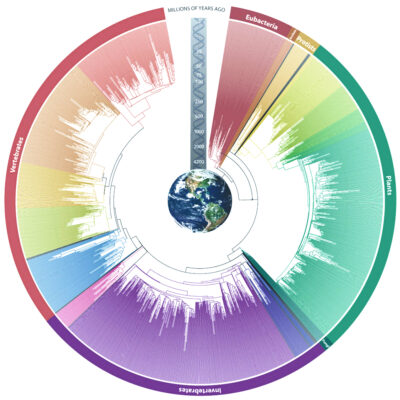

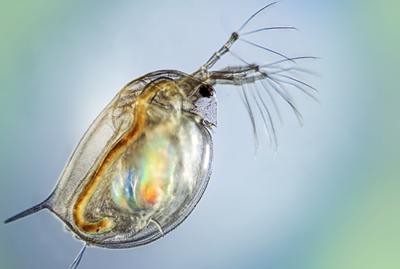
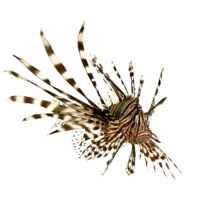
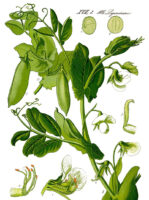 Mendel rescued Darwin’s theory of
Mendel rescued Darwin’s theory of 